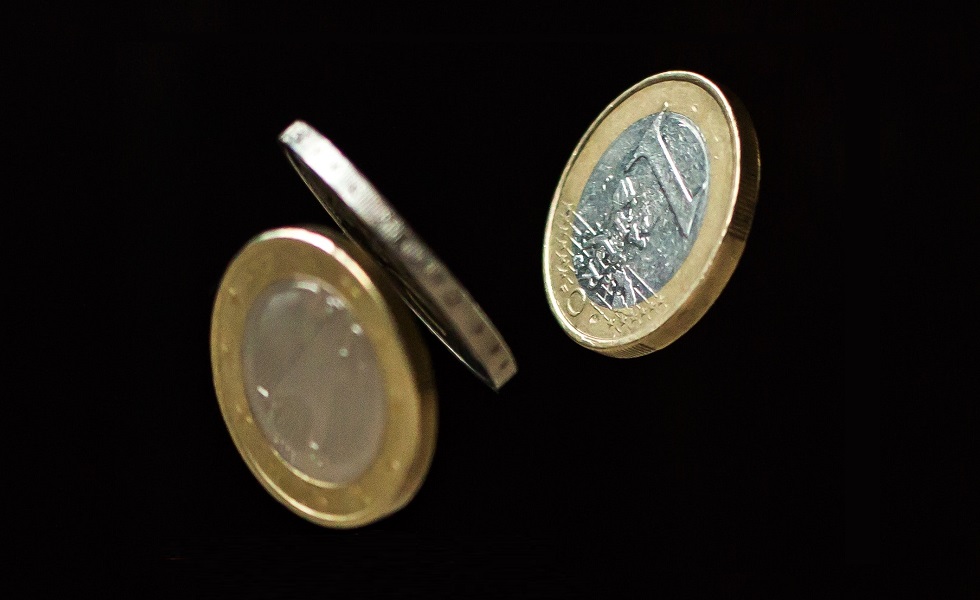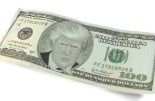Swissquote: Euro inflation falls, but…
Swissquote: Euro inflation falls, but…

The first CPI figures from Spain and Germany confirmed that headline inflation in Europe eased by a big chunk in March, thanks to the base effect - as we now compare war months to war months.
Released yesterday, the German inflation fell from 9.3% to 7.8%, and inflation in Spain halved, from 6% to 3.1%.
Chic, but not enough.
When we filter out the energy and food prices – which exploded with the war – the inflation picture is not as optimistic. In fact, core inflation in Spain barely fell this month, from 7.6% to 7.5%.
And core inflation in the Eurozone is expected to rise to a fresh record high.
If the upside pressure in core inflation persists, no matter how fast we see the headline inflation fade, the European Central Bank (ECB) will stick to its guns to abate inflation and the euro will continue its journey higher.
The EURUSD will likely win over the 1.10 offers in the next few sessions, partly because the ECB hawks remain in charge of the market with the solid inflation, but also partly because the US dollar remains under a decent selling pressure.
The US dollar index is sitting at the low levels of the Silicon Valley Bank (SVB) collapse, and despite hawkish comments from Federal Reserve (Fed) officials – hinting at further rate hikes to tame inflation – the banking stress and soft economic data prevent the hawkish Fed pricing from taking effect.
Released yesterday, the US GDP data showed that the US economy grew 2.6% in Q4, slightly less than the 2.7% penciled in by analysts. Yet, the GDI – the gross domestic income – fell 1.1% during the same quarter, down from 2.8% printed in Q3. That was the largest decline since the pandemic.
Moreover, the US corporate profits fell 2% in Q4 – the most in the past two years – and the profit margins fell from around 15% to 14%.
As a result of soft economic data, the US 2-year yield stagnates a touch above the 4% mark – rejecting the further rate hike comments.
Soft yields continue giving support to stock indices despite warnings from the economic data front. The S&P500 will be closing the month with gains and Nasdaq 100 will step into the new quarter having stepped into the bull market.
Quarter in a nutshell
We had a quarter full of surprise and unexpected events.
We expected recession to show up, equities to fall and sovereign bonds to rally.
Instead, equities rallied, sovereign bonds fell until the SVB collapse and recession was … clearly not on the menu of the Q1.
Energy and commodities didn’t get the boost we expected from the Chinese reopening, and more importantly, money flew into money market funds with investors seeking higher returns with low-risk assets.
The technology stocks did the heavy lifting this quarter, as the Big Tech names like Apple, Microsoft and Google gained big. The FAANG stocks rallied almost 30% since the start of the year. That rally partly hid the bank selloff and saved the quarter for the S&P500. The S&P500 would be in the negative year-to-date, if Big Tech was not part of the game.
That, to me, means that the actual stock rally is certainly too sensitive to yields. If the yields push higher, due to an undesirably high inflation for example, we could see the recent equity gains crumble.
And the higher yields, which also boosts appetite for cash could be the next headache for banks, and for equities.
One last thing before we go…
Today, the US will release the February PCE data – the Fed’s favourite gauge of inflation. Core inflation may have eased on a monthly basis but is expected to remain steady on a yearly basis around the 4.7% mark. A read in line with expectations, or ideally lower than expected could keep the Fed hawks at bay, and let the dollar further relax.
In the dollar-yen, we see the quarter end flows feed into a softer yen and a stronger dollar-yen. The pair is testing an important resistance zone, around 133, including the 50-DMA and the minor 23.6% Fibonacci retracement on October to January retreat.
With the softening Fed expectations, and increasingly pressure on Bank of Japan (BoJ) – to end its no-longer-adopted easy monetary policy under the new Governor Ueda, there is certainly not much positive potential in the dollar yen. The price rallies could be interesting top selling opportunities for a fall toward the 125/127 range.










